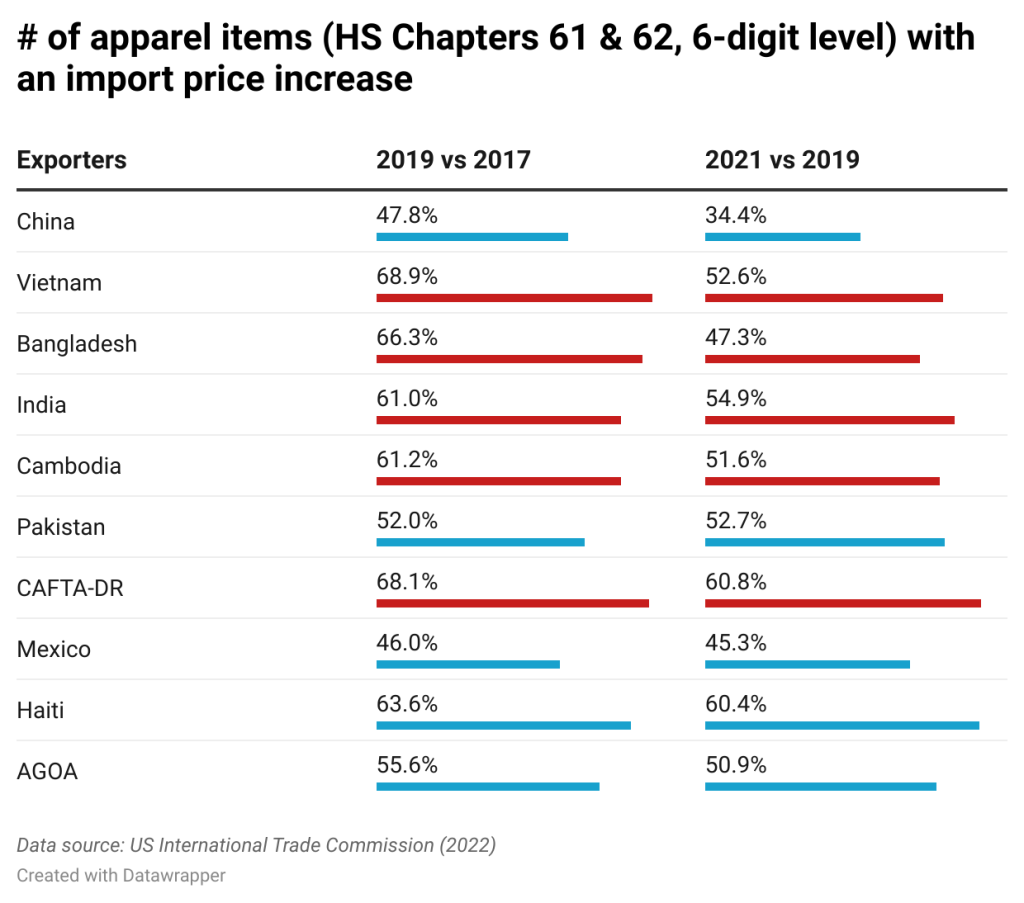Analyzing The Canadian Tire-Hudson's Bay Merger: Opportunities And Challenges

Table of Contents
Synergies and Potential Benefits of a Merger
A merger between Canadian Tire and Hudson's Bay Company (HBC) presents significant opportunities for synergy and growth. Combining these retail giants could unlock substantial value for both companies and reshape the Canadian retail market.
Enhanced Customer Reach and Brand Portfolio
The combined customer base of Canadian Tire and HBC would be immense, creating a powerful platform for cross-selling and upselling. Canadian Tire's strong presence in automotive, home improvement, and sporting goods complements HBC's focus on apparel, home furnishings, and luxury goods.
- Increased Market Share: Combining the market share of both companies could significantly increase their collective dominance in various retail sectors.
- Access to New Demographics: Canadian Tire's traditionally broader demographic reach would be further expanded by incorporating HBC's customer base, which skews towards a more affluent segment.
- Leveraging Existing Loyalty Programs: Integrating the loyalty programs of both companies could create a more comprehensive and rewarding experience for customers, potentially increasing customer retention and spending.
For example, Canadian Tire currently holds a significant market share in the automotive and hardware sectors, while HBC's presence in department stores offers access to a different customer base. This combined reach would create powerful cross-selling opportunities.
Supply Chain Optimization and Cost Savings
Combining the operational infrastructure of Canadian Tire and HBC could generate substantial cost savings through supply chain optimization.
- Reduced Transportation Costs: Consolidating distribution networks and optimizing transportation routes would lead to significant cost reductions.
- Streamlined Distribution Networks: A unified system would enhance efficiency in inventory management, reducing waste and storage costs.
- Economies of Scale in Purchasing: The increased purchasing power of a merged entity would enable it to negotiate better prices from suppliers.
Successful examples of supply chain mergers in retail, such as the integration efforts of large grocery chains, show the potential for significant cost savings and efficiency gains.
Expansion into New Markets and Product Categories
The merger could facilitate expansion into new geographical areas or product categories where either company currently has a limited presence.
- Canadian Tire's Strength in Home Improvement and Automotive: HBC could leverage Canadian Tire’s expertise to expand its offerings in these areas.
- HBC's Presence in Luxury and Department Store Goods: Canadian Tire could benefit from HBC's established presence in these higher-end sectors.
- Synergy in Online Retail Platforms and Fulfillment: Integrating online platforms and fulfillment networks could lead to a more efficient and comprehensive e-commerce strategy.
This expansion into new markets and product categories could significantly enhance revenue streams and market share.
Challenges and Risks Associated with a Merger
While a Canadian Tire-Hudson's Bay merger offers exciting possibilities, several challenges and risks need to be carefully considered.
Integration Difficulties and Cultural Conflicts
Merging two large organizations with distinct corporate cultures, systems, and employee bases presents significant integration challenges.
- Potential for Employee Layoffs: Overlapping roles and functions may lead to redundancies and job losses, potentially impacting employee morale and productivity.
- Conflicts in Management Styles: Different management approaches and philosophies could lead to internal conflicts and hinder efficient decision-making.
- Difficulties in Integrating IT Systems: Combining disparate IT systems and data management processes can be a complex and costly undertaking.
Numerous examples exist of mergers that have faltered due to difficulties in integrating different organizational cultures and systems. Careful planning and communication are essential for mitigating these risks.
Regulatory Hurdles and Antitrust Concerns
The Canadian Competition Bureau would scrutinize the proposed merger for potential anti-competitive effects.
- Competition Bureau Review: The merger would need to pass a thorough review by the Competition Bureau to ensure it doesn't unduly restrict competition in the market.
- Potential for Divestiture: To address potential anti-competitive concerns, the companies might be required to divest certain assets or business units.
- Impact on Smaller Competitors: The merger could potentially harm smaller competitors, leading to reduced consumer choice and higher prices.
Understanding and navigating Canadian competition laws is crucial to the success of the merger.
Consumer Response and Brand Dilution
Negative consumer response to a merger could jeopardize its success, particularly if the brands are perceived as distinctly different.
- Brand Loyalty: Customers may be reluctant to switch brands or may show less loyalty to a combined entity.
- Potential Loss of Brand Identity: Integrating the brands could lead to a loss of distinct brand identities that customers value.
- Impact on Pricing Strategies: Changes in pricing strategies resulting from the merger could alienate some customer segments.
Successful brand integration strategies would be crucial in minimizing any potential negative impact on consumer perception.
Conclusion: Evaluating the Future of a Potential Canadian Tire-Hudson's Bay Merger
A Canadian Tire-Hudson's Bay merger presents both significant opportunities and substantial challenges. While the potential synergies in customer reach, supply chain optimization, and market expansion are compelling, the risks associated with integration, regulatory hurdles, and consumer response require careful consideration. The success of such a merger hinges on meticulous planning, effective execution, and a thoughtful approach to brand integration. Further analysis of the potential Canadian Tire-Hudson's Bay merger is crucial for understanding its impact on the Canadian retail landscape. Continue the conversation by sharing your thoughts on the opportunities and challenges in the comments below!

Featured Posts
-
 Majority Of Dutch Oppose Eus Response To Trump Import Tariffs
May 18, 2025
Majority Of Dutch Oppose Eus Response To Trump Import Tariffs
May 18, 2025 -
 Red Sox Closer On Free Agency His Next Move Revealed
May 18, 2025
Red Sox Closer On Free Agency His Next Move Revealed
May 18, 2025 -
 Landelijk Vuurwerkverbod Een Op De Zes Gaat Door
May 18, 2025
Landelijk Vuurwerkverbod Een Op De Zes Gaat Door
May 18, 2025 -
 Poll Most Dutch Against Eu Retaliation On Trump Import Duties
May 18, 2025
Poll Most Dutch Against Eu Retaliation On Trump Import Duties
May 18, 2025 -
 Angels Vs Dodgers Trout And Moniak Power Up But Dodgers Prevail
May 18, 2025
Angels Vs Dodgers Trout And Moniak Power Up But Dodgers Prevail
May 18, 2025
Latest Posts
-
 Southwest Washingtons Economic Outlook Navigating The Tariff Challenge
May 18, 2025
Southwest Washingtons Economic Outlook Navigating The Tariff Challenge
May 18, 2025 -
 Southwest Washington Preparing For The Impact Of Tariffs
May 18, 2025
Southwest Washington Preparing For The Impact Of Tariffs
May 18, 2025 -
 Economic Development Commission Secures 800 K For Florida Space Coast
May 18, 2025
Economic Development Commission Secures 800 K For Florida Space Coast
May 18, 2025 -
 Florida Space Coast Edc Receives Major Funding Boost 800 K Grant
May 18, 2025
Florida Space Coast Edc Receives Major Funding Boost 800 K Grant
May 18, 2025 -
 800 000 Grant Awarded To Florida Space Coast Economic Development Commission
May 18, 2025
800 000 Grant Awarded To Florida Space Coast Economic Development Commission
May 18, 2025
